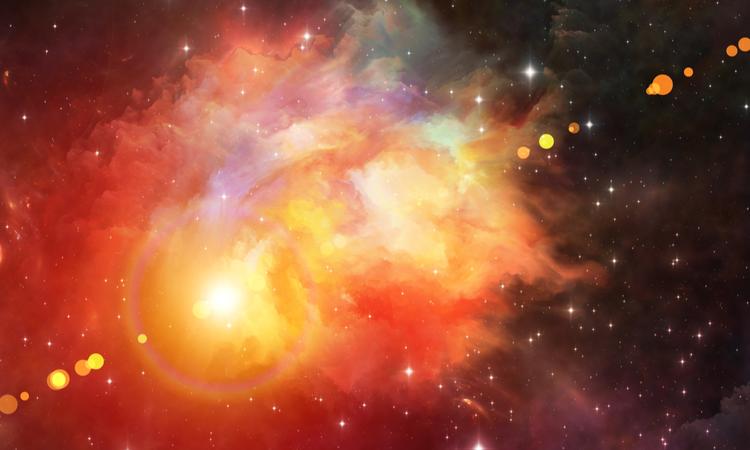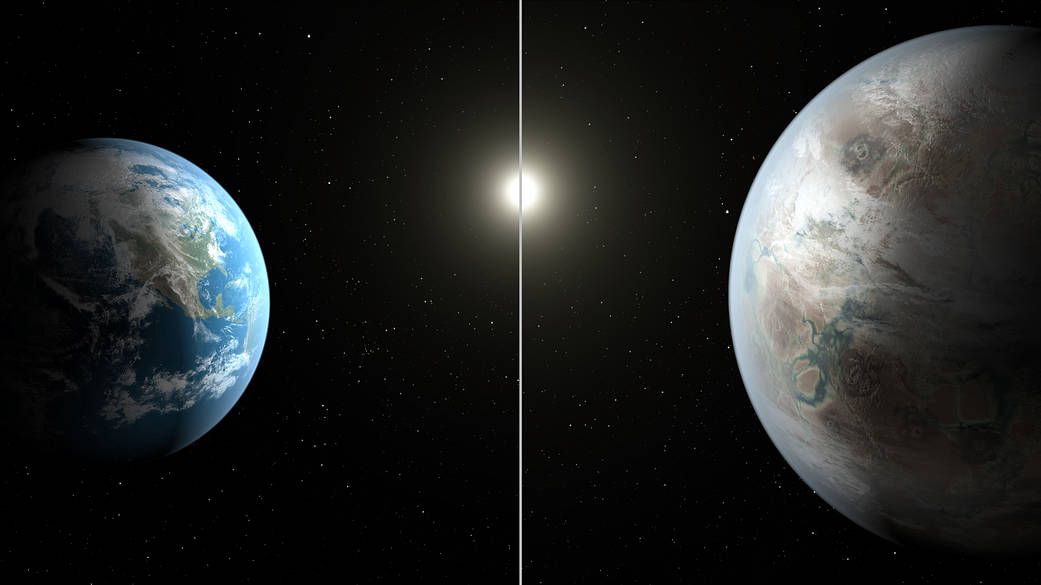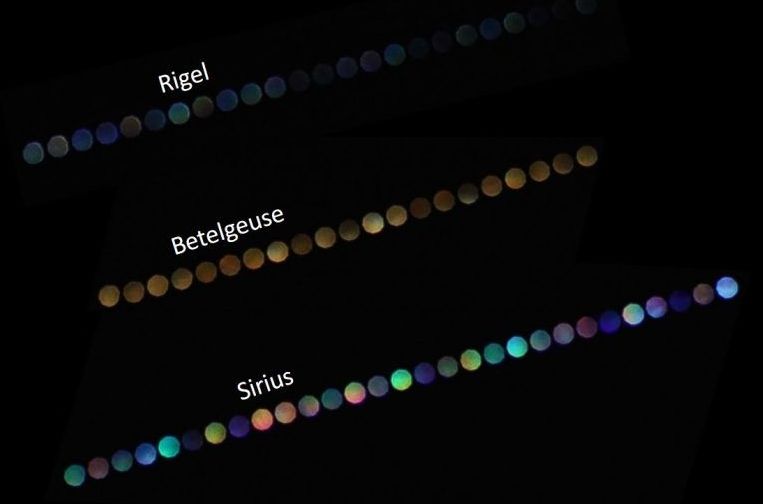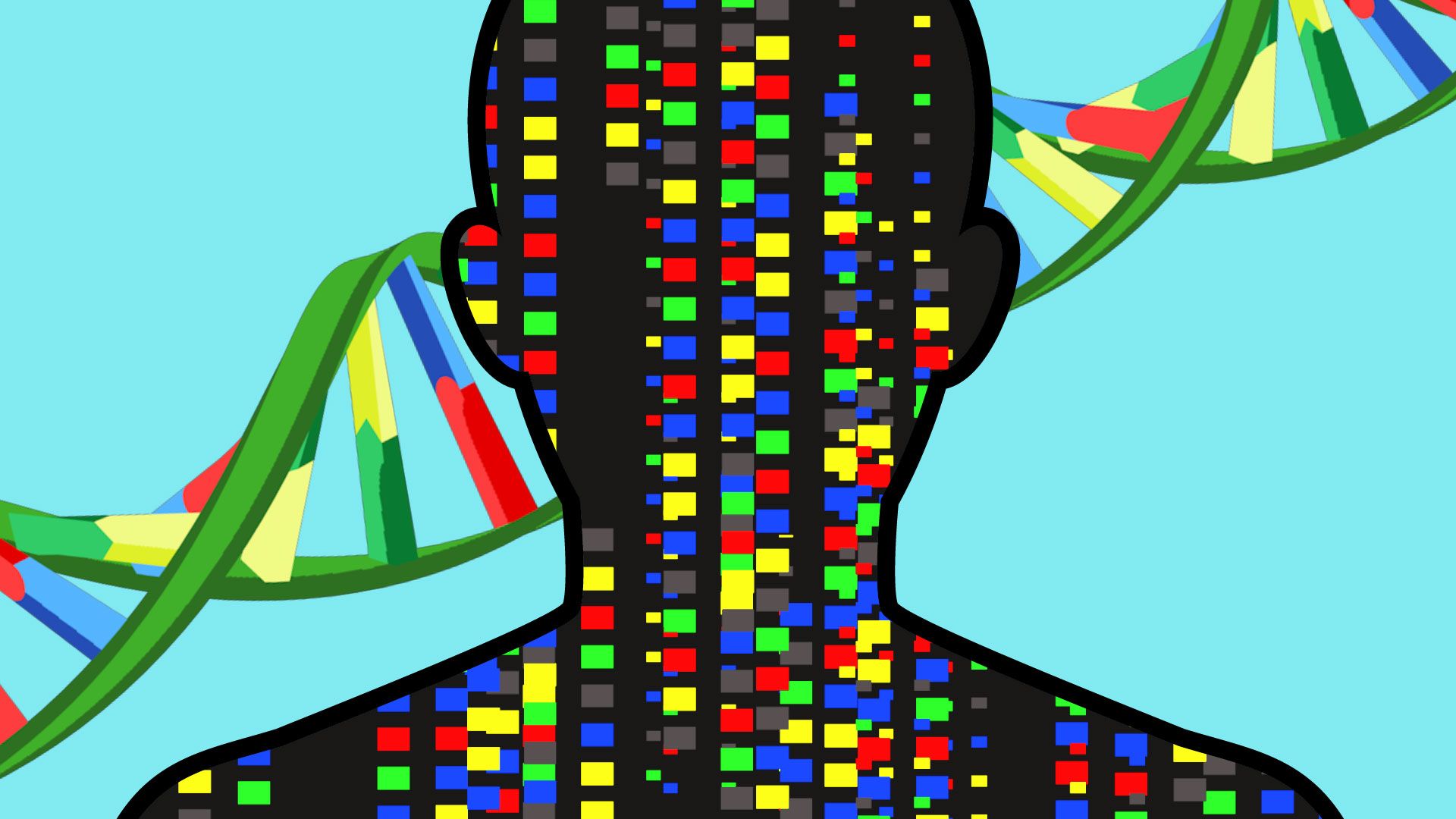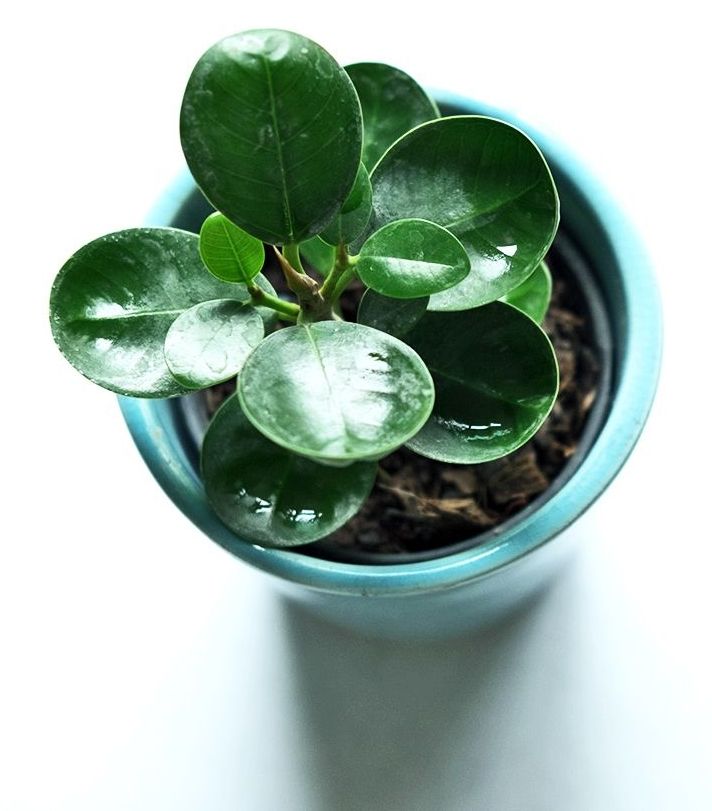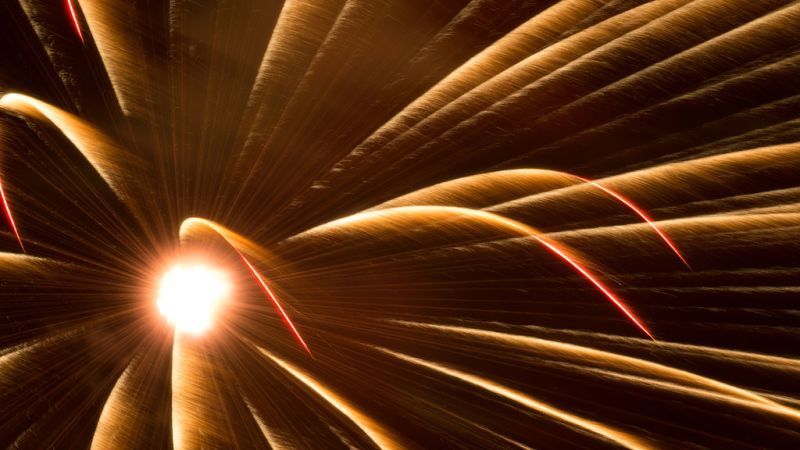Mar 28, 2018
33 Angry Physicists Came Together to Shut Down One Theory About the Universe
Posted by Genevieve Klien in categories: physics, space
Scientists are no strangers to healthy debate. You need criticism to strengthen your ideas, and when debate is done right, both parties leave knowing more than they did when they started. But there are some things that will just make a scientist mad. One of those things? Saying their scientific theory isn’t scientific. That’s what a trio of physicists did in a 2017 article they published in Scientific American, which stated that the idea of an expanding universe simply isn’t testable. The response from other physicists? Oh, it’s on.
